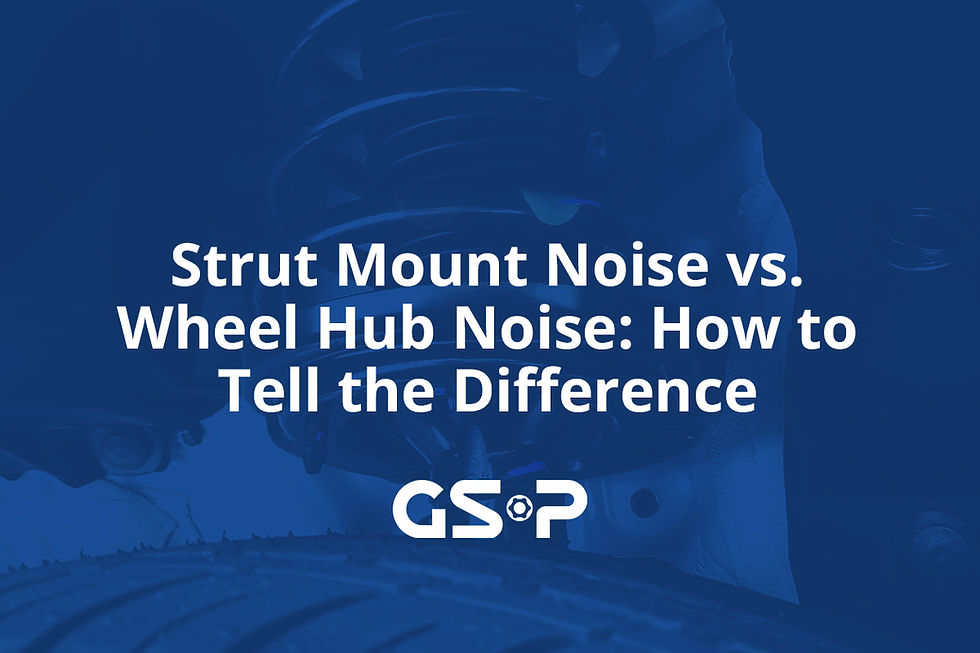Do I Need an Alignment After Replacing Tie Rods?
- chaseteam
- Oct 2
- 2 min read
Replacing a worn or damaged tie rod is an important step in restoring safe steering and proper suspension performance, but what many vehicle owners don’t realize is that this repair almost always changes the geometry of the front end. Even when a tie rod is replaced carefully and reinstalled with the same number of exposed threads, the alignment is almost guaranteed to be off afterward. That small change can lead to tire wear, poor fuel economy, wandering steering, and extra stress on other suspension components. So, do you really need an alignment after replacing tie rods? The short answer is almost always yes, and here’s why.
What Tie Rods Do and Why They Matter in Alignment
Tie rods are the connection between the steering rack and the steering knuckle. When you turn the steering wheel, the steering rack pushes or pulls the tie rods, causing the wheels to pivot left or right. This makes tie rods critical in setting toe angle, which is the angle the tires point inward or outward when viewed from above. Toe is the most sensitive of the three main alignment angles (toe, camber, caster). Even a single millimeter of difference in tie rod length can throw toe out of spec, leading to scrubbing and pulling. When tie rods wear out, they can develop looseness at the ball-and-socket joint, which causes play in the steering wheel, vibration, clunking, and uneven tire wear. Replacing them fixes the looseness, but alignment ensures the wheels are set straight again.
What Happens If You Skip the Alignment?
If the vehicle is driven after tie rod replacement without an alignment:
The steering wheel may sit off-center
The vehicle may drift or pull to one side
Tires may feather, cup, or wear on the inside edge in a matter of weeks
Fuel efficiency may drop due to rolling resistance
Advanced stability control systems may trigger warnings because the steering angle sensor and wheel direction no longer match
On top of that, skipping alignment after suspension work may cause premature wear on other parts you just replaced. Many technicians recommend replacing tie rods in pairs and performing alignment immediately.
Why “Counting Threads” Doesn’t Work
Some DIYers try to avoid an alignment by reinstalling the inner or outer tie rod with the exact number of exposed threads as the old one, or by tracing the jam nut position. Unfortunately, this doesn’t work for several reasons:
Old parts are worn and don’t match new geometry
Different manufacturers may have slightly different lengths
Even a small angle change = major tire wear
Suspension settles differently after new parts are installed
Proper alignment equipment measures angles down to fractions of a degree, something eyeballing simply can’t guarantee. Get the Most from Your Repair Whether you’re replacing a single outer tie rod or fully rebuilding a steering system, pairing new parts with a professional alignment ensures the vehicle stays safe, stable, and predictable. For long-lasting, OE-fit tie rods engineered for rough roads and driving conditions, choose GSP Latin America for the best combination of strength, reliability, and value.














Comments